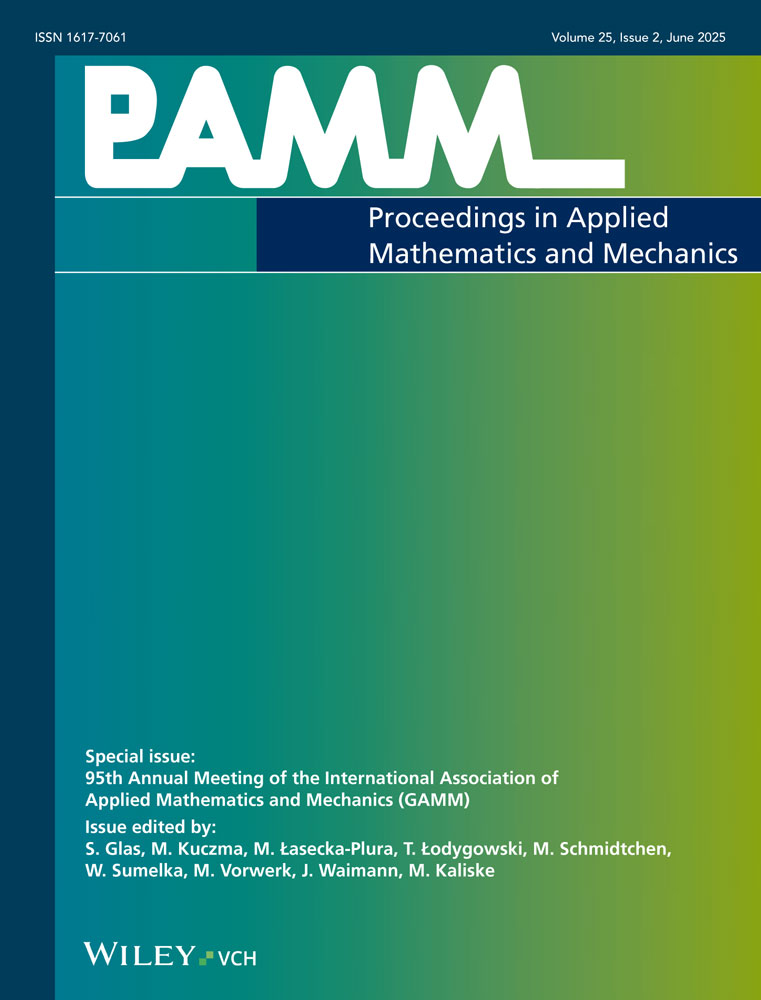Multi-component modelling and simulation of metastases proliferation within brain tissue
Abstract
Originated from a lung tumour, cancer cells can spread via the blood-vessel system, travel to the cerebrum and may pass the blood-brain barrier. The extravasation is followed by migration, and the formation of micrometastases. Further proliferation causes interveined metastases. A pressure-driven infusion of a therapeutic solution counteracts the disturbance by the metastases within the brain. These processes are described with a continuum-mechanical model based on the Theory of Porous Media. Numerical applications demonstrate the feasibility of the model and include multicellular-tumour spheroid experiments in the macroscopic simulation of metastases growth and atrophy. (© 2016 Wiley-VCH Verlag GmbH & Co. KGaA, Weinheim)




